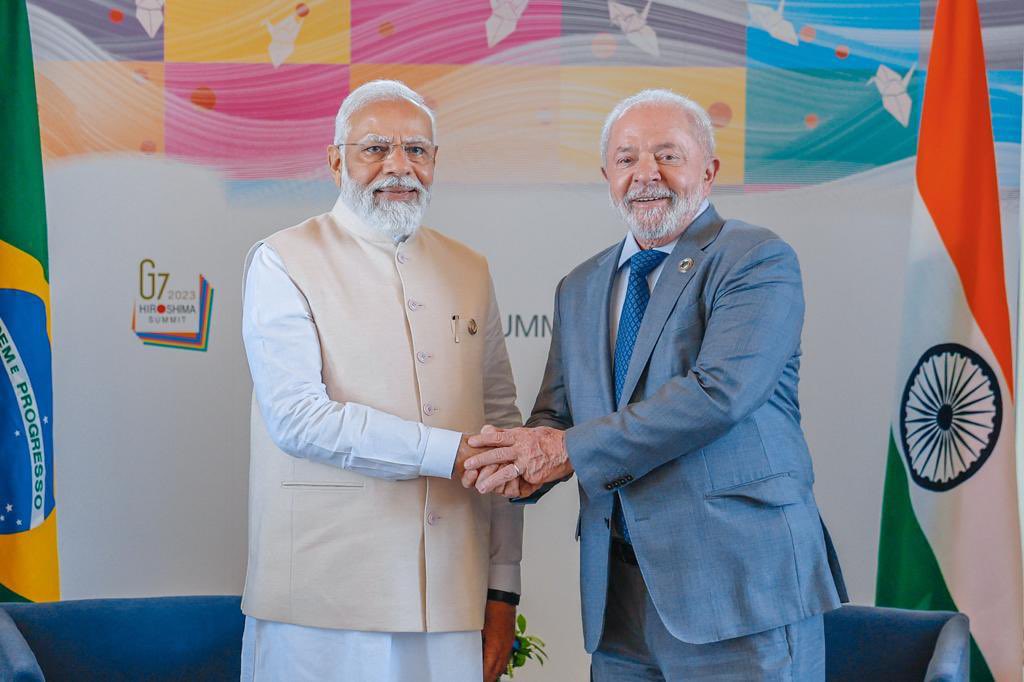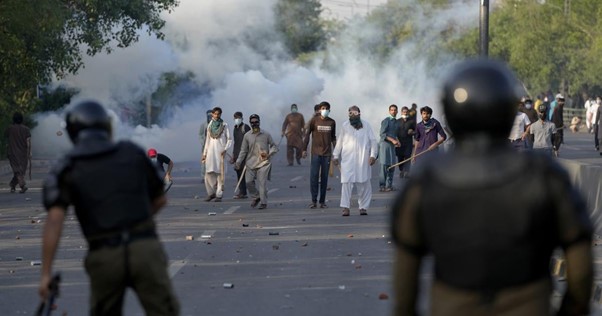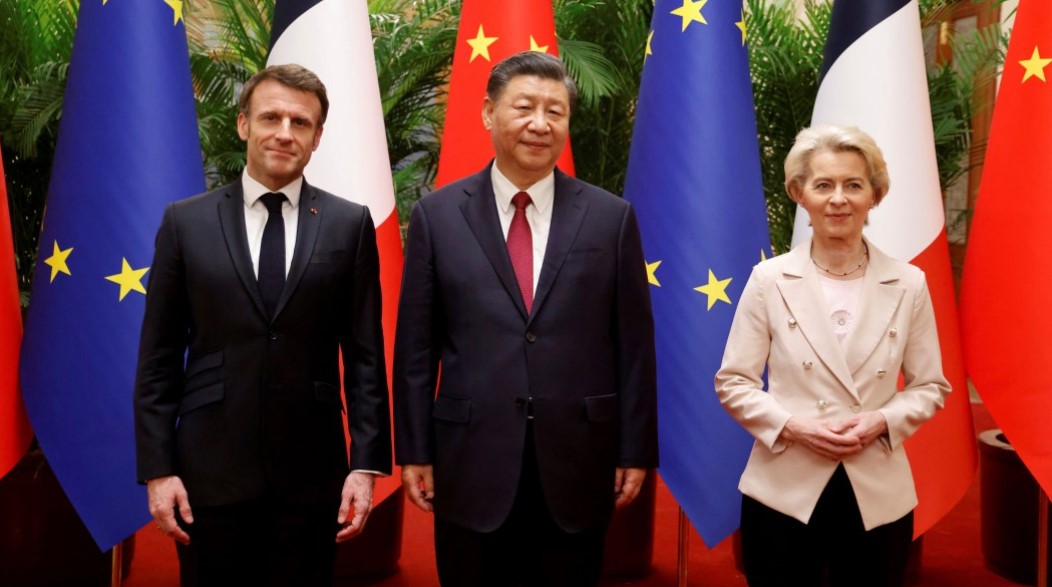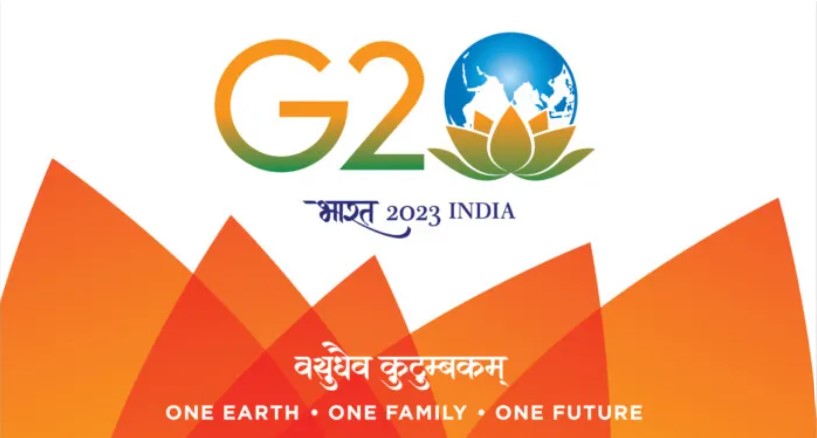Military Modernisation Must Keep Pace with Changing Nature of Warfare
Fri, 24 Jun 2022 | Reading Time: 4 minutes
The spectrum of modern warfare has changed. It has moved away from conventional boundaries of land, air and sea to more sophisticated and complex domains of Hybrid, Cyber and Space. We are heading towards contactless war and with an invisible enemy. Countering threats emanating from these domains not only requires the use of sophisticated technology but also a change in the attitude of those responsible for defending territorial sovereignty and integrity.
The nation may find itself engulfed in never-ending warfare. The new spectrum of warfare may not require adversaries to cross national boundaries. Viruses, worms and Trojan horses can be unleashed by adversaries sitting miles away from the border in an apartment. It may be intended to jam power grids, banking and financial sector networks, radars and telecommunication system. These actions do not directly target military installations but are intended to make the life of ordinary citizens difficult. Imagine a day in your life with no electricity, when the UPI system crashes or when you won’t be able to surf the internet or have telephonic conversations. India witnessed such incidents wherein a cyber attack was responsible for power outrage in Mumbai on October 12, 2020. A report suggests that National Stock Exchange (NSE) also witnessed a ransomware attack on February 24, 2021.
Trending hashtags on Twitter and other social media platforms to tarnish the image of the nation globally also forms part of 5th generation warfare. The flooding of social media platforms with false and propaganda-driven posts, blogs and videos are all aimed to create a narrative amongst a particular group of citizens. They are aimed to lower the morale of individuals and create panic. We might recall some of the instances of such trends during the height of the Galwan crisis. For instance, the Chinese deployed large speakers and played Punjabi songs at their forward posts.
Cyber and psychological warfare provides a low-cost solution to achieve the objective. The stated aim is achieved without risking human lives. Also, the actions remain well below the threshold level and do not escalate into a full-blown conflict.
The next war will be technology-driven. Advanced technologies such as Artificial Intelligence (AI) and robotics will play a pivotal role. We are increasingly witnessing the use of drones in recent conflicts. Drones played a vital role in Armenia- Azerbaijan war. More recently drones worth thousands of dollars are destroying weaponry worth millions of dollars in the Russia-Ukraine conflict. Houthi rebels launched a drone attack on UAE wherein 3 people were killed. Videos also surfaced wherein drones were used to transport hot cooked meals for Chinese soldiers deployed at forward posts.
As electronic technologies such as radars evolve so do the dimensions of conflict. “One who sees the enemy first wins”. Beyond Visual Range (BVR) missiles and 5th Gen aircraft technology have seen a massive up-gradation in electronics than the speed and firepower. ISR (Intelligence, Surveillance and Reconnaissance) capabilities will make the battle space more transparent. Data collection, analysis and execution will form an integral part of the conflict. The deployment of 5G technology will play a crucial role. With a low-latency rate and high processing speed analysis of real-time data will be done in a fraction of seconds. Several platforms can be integrated and controlled without the need for human intervention.
All these scenarios make us believe in the extensive use of technology for future warfare and the skilled soldier, airmen and sailor required to handle it. We need a much smaller but much smarter military.
Various steps have been taken by the government to fill in the gaps. Work is on to replace large formations of soldiers with smaller and self-sufficient, brigade-sized Integrated Battle Groups(IBGs). The initiation of theaterisation and appointment of the Chief of Defence Staff (CDS) will lead to jointness of the three armed forces and optimization of war fighting resources. The establishment of the Defence Cyber Agency (DCA) and Defence Space Agency (DSA) are progressive steps. India also tested ASAT (anti-satellite weapon) in March 2019, though it hasn’t been inducted into the armed forces. Design and development of 5th gen fighter aircraft AMCA and various lethal drones are being carried out by DRDO (Defence Research & Development Organisation) and ADA (Aeronautical Development Agency).
The Indian military is also witnessing change with respect to drone use. In the Army, the drones used to be earlier operated by the artillery, but it is now for the Army Aviation Corps to ensure the optimised usage of drones. Armed forces also signed multiple contracts with Indian companies in the sphere of drone technology. The Indian government has also liberalised the drone usage policy and put a ban on imports (except for research purposes) to support domestic market players. There are also several hindrances which need to be addressed. Currently, the focus is on enhancing manufacturing while the experts feel that the focus should be on developing software technologies that make these drones function.
An important pillar for modernising our armed forces is manpower reorganisation. We ought to have a young, agile, dynamic and tech-savvy military. We need men who can maintain and operate sophisticated equipment and weaponry. The launch of the Agnipath scheme for recruitment into the armed forces aims to achieve the above-mentioned objectives.
As NSA Ajit Doval in an interview with the news agency, ANI said “Security is not only thinking about your generation but also safeguarding interests of future generations”. Every action that we undertake today should be directed towards safeguarding our territorial integrity and sovereignty of tomorrow.
Disclaimer
The opinions expressed in this article are the author’s own and do not reflect the views of Chanakya Forum. All information provided in this article including timeliness, completeness, accuracy, suitability or validity of information referenced therein, is the sole responsibility of the author. www.chanakyaforum.com does not assume any responsibility for the same.
Chanakya Forum is now on . Click here to join our channel (@ChanakyaForum) and stay updated with the latest headlines and articles.
Important
We work round the clock to bring you the finest articles and updates from around the world. There is a team that works tirelessly to ensure that you have a seamless reading experience. But all this costs money. Please support us so that we keep doing what we do best. Happy Reading
Support Us




















POST COMMENTS (2)
Kalidan Singh
BN Sharma